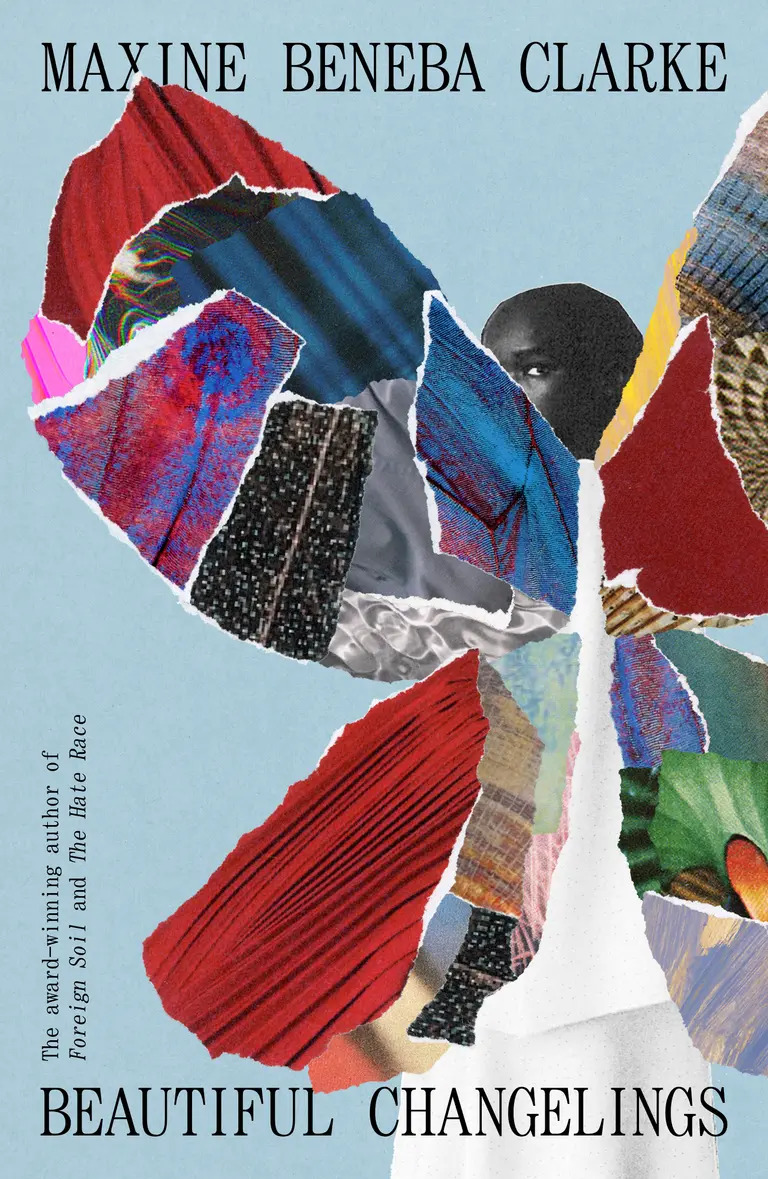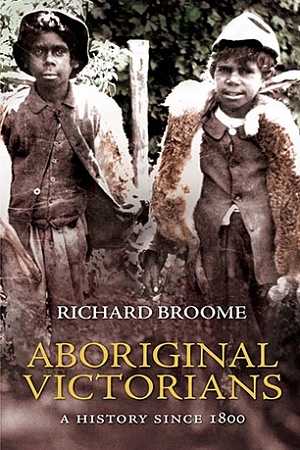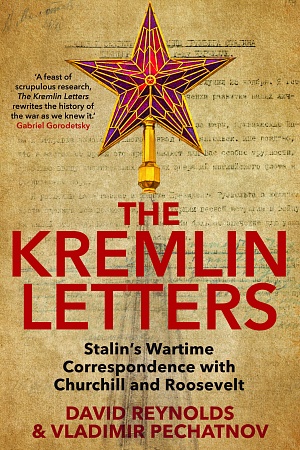What Is History, Now?: How the past and present speak to each other
Weidenfeld & Nicolson, $32.99 pb, 339 pp
Gone fishin’
In early 1961, historian Edward Hallett Carr (1892–1982) delivered a series of lectures on his craft. The resulting book, What Is History?, was a provocation to his peers and a caution against positivist views of the past. He urged the reader to ‘study the historian before you begin to study the facts’. He illuminated the subjectivities of the historical process, from the moment a ‘fact’ occurs to when it is called as such, through the endurances and erasures of archival selection to the silences created by the historian’s narrative choices. The most famous passages are Carr’s maritime metaphors, in which he likens ‘facts’ to ‘fish swimming in a vast and sometimes inaccessible ocean’. What the historian will catch depends on the kind of facts she wants, and once they reach the fishmonger’s slab, she will cook and serve them ‘in whatever style appeals’. ‘History,’ Carr concluded, ‘means interpretation.’
Continue reading for only $10 per month. Subscribe and gain full access to Australian Book Review. Already a subscriber? Sign in. If you need assistance, feel free to contact us.











Leave a comment
If you are an ABR subscriber, you will need to sign in to post a comment.
If you have forgotten your sign in details, or if you receive an error message when trying to submit your comment, please email your comment (and the name of the article to which it relates) to ABR Comments. We will review your comment and, subject to approval, we will post it under your name.
Please note that all comments must be approved by ABR and comply with our Terms & Conditions.